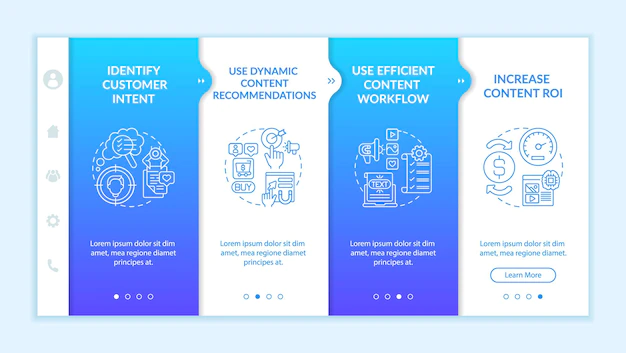ISP Inbox – Inbox Delivery
Let us be clear on this in consumer-oriented campaigns there are 4 major ISPs that manage most of the consumer inboxes.
• MSN / Hotmail
• Yahoo Mail
• AIM Mail
• Gmail
What does this mean?
Basically unless each of these email forums conveys your message to the main folder, your email campaign is far from upgraded.
What causes email to be delivered to a bulk / spam folder?
All of these ISPs allow their users to report spam with the “Report Spam” button. The ISP uses this response to create your email profile. If users report your email as spam you will run into problems.
What can I do to make sure I do not create ISP Spam complaints?
AOL recommends keeping spam complaints less than 1-3 percent of traffic, depending on volume. This figure is different for AOL users; is very kind when used as a standard. Be within the range of one complaint per 6,000 to 8,000 messages, or 0.013 percent.
Minimize Complaints
Reducing complaints always starts with the procedures used to collect email addresses. It should be obvious that now sending unsolicited email only gets you in trouble. A list of emails with low rates of complaints is guaranteed entry or choosing one entry is well managed. If you have a solid list based on consent but still receive incoming complaints higher than fair or rising, consider the following:
• Mark your topics. Mail systems with spam complaint buttons provide you with an inbox level. The recipient only needs to scan the subject lines and decide which messages to delete immediately. The title line is like “Happy New Year, Bob!” it will certainly be marked as spam. Consider using your company name or newsletter in parentheses at the beginning of the lines of your article.
• Consider posting instructions at the top of your email, above. Some users use the “Report Spam” button as a way to unsubscribe and will not scroll through the entire message to find that link.
• Include user instructions to authorize your domain. This prevents the user-based filter from mistaking your message in spam and transferring it to a spam folder or inserting a “[SPAM]” start in the message subject.
• Provide a preferences review page. Create how your organization will use the email addresses you subscribe to, and how often. Allow subscribers to select favorites in the login form, and link to an email preferences or profile review page.
• Avoid content that looks spam. Try not to use bright, bold fonts; capital letters, red letters, and the like. Avoid images with poor compression quality. A clean, readable design is almost infallible with spam.
• Do not email. If recipients expect to receive a few informative email messages every month from your company, do not start sending two or three emails each week.
• Do not send unexpected email. If subscribers choose to sign up to receive your “Trends and Tips” newsletter, do not send them your best-selling e-commerce messages, unless they have explicitly requested it.
• Include login information. If possible, add details of the email administrator’s location, such as the registrant’s email address, date of entry, and how you might have registered (product registration, white paper form, sweepstake entry, etc.). With so many subscribers receiving so many daily email marketing messages, it’s easy to forget to subscribe to your newsletter – and then file a complaint.
What can I do to check the availability of my ISP?
We recommend using a service such as Email Reach. Their test is free and will let you know where you stand in about 5 minutes.
Following these guidelines should help you to avoid being overwhelmed by major ISPs.







